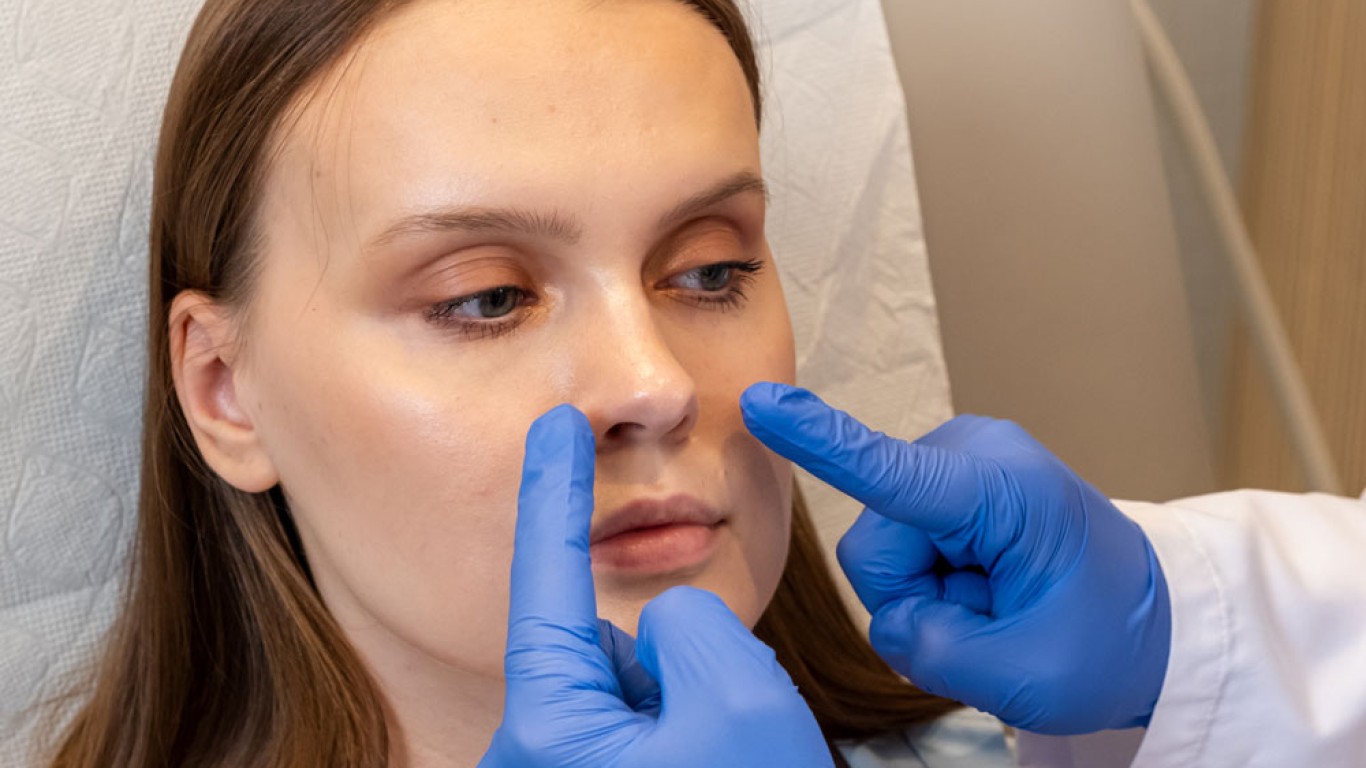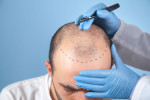Why Nose Injuries Cause Confusion
Nasal injuries are common, often caused by sports, accidents, or sudden falls. Yet, telling the difference between a broken nose and simple swelling can be confusing. Both conditions share overlapping signs like tenderness, swelling, and bruising. Understanding these distinctions is very important. It helps people know when to seek medical attention and when home remedies may help.
What Happens During a Broken Nose
A broken nose involves a fracture in the nasal bone or cartilage. The injury typically results from trauma, such as a direct hit or fall. Symptoms may include pain, swelling, crooked alignment, and difficulty breathing. Bleeding is common, particularly at the moment of impact. Sometimes the nose makes a cracking sound, which can be an early sign of fracture.
What Happens with Simple Swelling
Nasal swelling without a break usually occurs from soft tissue trauma. The cartilage and skin absorb impact, leading to temporary puffiness and tenderness. Bruising may appear but the overall nose structure remains straight. Swelling often peaks within 48 hours before gradually improving. Unlike a broken nose, breathing usually stays unaffected.
Key Signs That Suggest a Broken Nose
Certain symptoms strongly indicate a broken nose. These include visible crookedness, persistent bleeding, and significant breathing difficulty. Severe pain that does not ease after several hours also raises suspicion. If swelling subsides but the nose looks misshapen, a fracture is likely. Medical assessment is always needed for confirmation.
When It Might Just Be Swelling
If the nose remains straight and breathing is unaffected, the injury may be minor swelling. Tenderness that improves with ice, rest, and time often suggests soft tissue involvement. Rapid improvement within a few days usually points toward swelling rather than a fracture.

Immediate Broken Nose Care at Home
For both swelling and possible fractures, early steps help reduce discomfort. Applying ice packs within the first 24 hours limits puffiness. Keeping the head elevated during sleep helps fluids drain and decreases swelling. Over-the-counter pain relief can ease discomfort. However, avoid attempting to straighten the nose yourself, as this can worsen the injury.
When to Seek Medical Attention for Broken Nose
Medical advice is essential if severe symptoms appear. These include ongoing nosebleeds, crooked alignment, or blocked breathing. Doctors may order imaging scans to confirm whether the nose is broken. In many cases, simple examination and patient history are enough. Acting quickly improves the chance of correcting alignment before swelling hides the true shape.
Treatment Options for a Broken Nose
Treatment depends on the severity of the break. Minor fractures may only need rest, ice, and pain management. More significant breaks might require manual realignment by a doctor within days of injury. Severe cases sometimes call for surgical intervention to restore structure and function. In Turkey, many patients choose corrective surgery for both health and aesthetic reasons.
How Long Broken Nose Healing Takes
Healing time varies. Swelling from a minor injury may subside within a week. A broken nose, however, often takes four to six weeks to heal fully. During this time, avoiding contact sports and heavy physical activity is advised. Protective masks are sometimes recommended for athletes returning to play.
The Role of Aesthetic Correction
Sometimes a broken nose heals but leaves visible changes. Crookedness, bumps, or uneven profiles are common. Many patients seek rhinoplasty to restore balance and function. Turkey has become a leading destination for such procedures due to affordability and expertise. Correcting both breathing and appearance often improves overall quality of life.
Conclusion
Distinguishing between a broken nose and simple swelling requires attention to signs and symptoms. Persistent crookedness, pain, and breathing problems suggest fracture, while quick improvement points to swelling. Home care helps minor injuries, but medical assessment is crucial when in doubt. Whether choosing recovery or surgery, patients benefit from clarity and early action.
For more information and to book a consultation visit the ACIBADEM Beauty Center Rhinoplasty webpage.
Frequently Asked Questions
Persistent crookedness, severe pain, and difficulty breathing are strong indicators.
No, swelling often happens with soft tissue injuries that heal without long-term effects.
Usually four to six weeks, depending on severity and care.
Yes, untreated fractures may cause blockage and require surgical correction.
Turkey offers advanced medical care, skilled surgeons, and affordable treatment packages.













